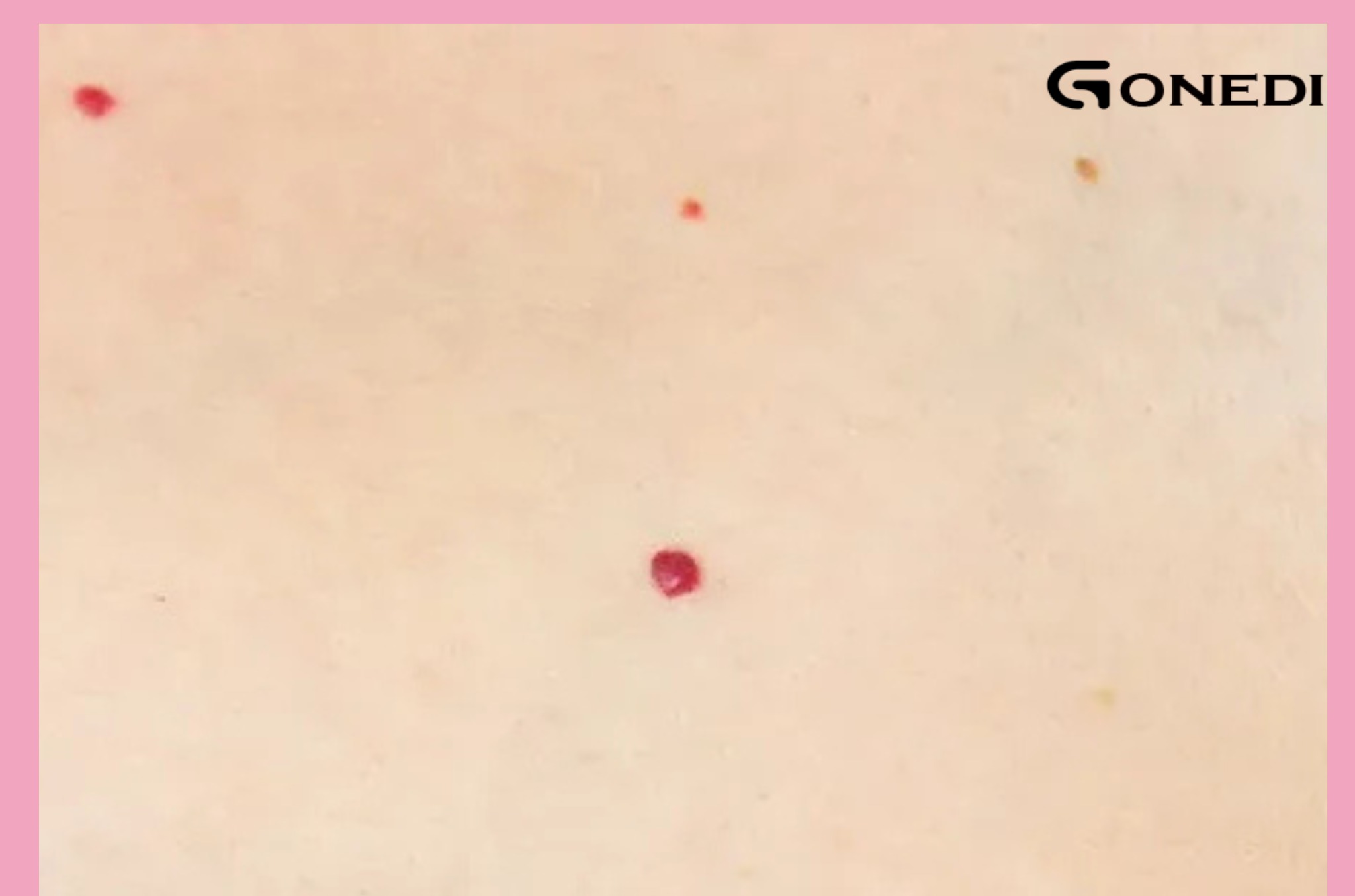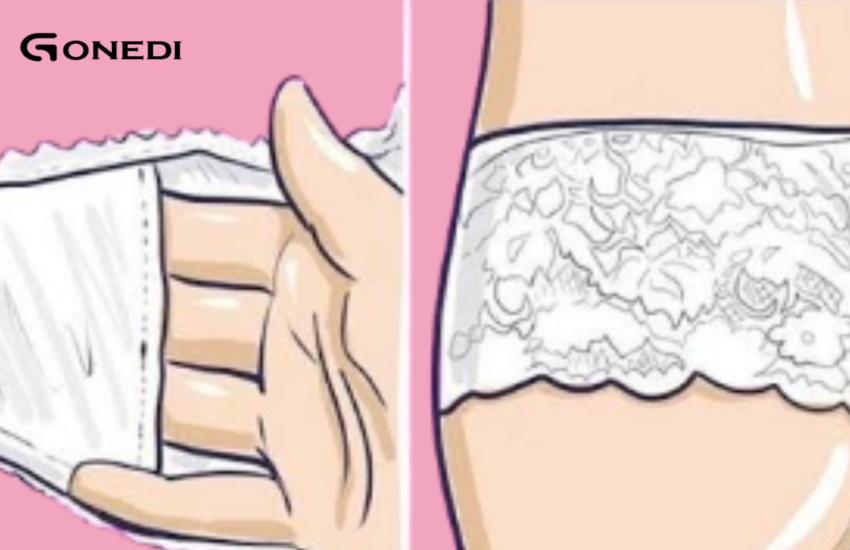What do these red dots on your skin mean?
Red spots on the skin can be a cause for concern, especially when they appear suddenly or seem to multiply. These red spots are known as hemorrhagic spots or purplish spots, and they are usually caused by the rupture of small blood vessels under the skin. While they may be harmless, in some cases they may indicate an underlying health condition. Understanding the different causes of red spots on the skin can help you determine if they are a cause for concern.
- Physical stress or injury
Cause: Hemorrhagic spots can sometimes occur after physical exertion, such as lifting heavy objects, exercising strenuously, or even coughing, sneezing, or vomiting forcefully. This happens when small blood vessels near the surface of the skin rupture due to pressure.
Symptoms: The spots may appear in areas that have been pressured, such as the face, neck, or upper chest.
When to worry: They usually go away without treatment, but if there is significant discomfort or the spots are accompanied by other unusual symptoms, it is best to see a doctor.
- Vitamin Deficiencies
Why: A deficiency in certain vitamins, especially vitamin C (which causes scurvy) or vitamin K, can weaken your blood vessels, making them more susceptible to damage. This can lead to red spots on your skin.
Symptoms: In addition to the red spots, you may notice bruising, bleeding gums, or slow wound healing.
When to Worry: If you notice persistent spots or other signs of a vitamin deficiency, it’s important to see a health care provider to address the deficiency.
- Allergic Reactions
Why: An allergic reaction to food, medication, or insect bites can sometimes cause red spots on your skin. Your body’s immune response can cause small blood vessels to rupture, resulting in red spots on your skin.
Symptoms: Other symptoms may include swelling, hives, or difficulty breathing. In some cases, the red spots may be accompanied by a rash or itching.
When to Worry: If the red spots are part of a more severe allergic reaction, such as swelling or difficulty breathing, seek immediate medical attention.
- Infection
Cause: Some viral or bacterial infections can cause red spots, including mononucleosis, meningitis, or sepsis. The infection can affect your blood vessels, causing them to break.
Symptoms: Along with the red spots, you may have a fever, body aches, or a sore throat. If the infection is severe, symptoms may include confusion, a rash, or pain.
When to worry: If the red spots are accompanied by a fever, rash, or changes in mental status, seek medical attention immediately.
- Blood disorders
Cause: Conditions that affect your blood’s ability to clot, such as thrombocytopenia, leukemia, or clotting disorders like hemophilia, can cause red spots. These disorders prevent your blood from clotting properly, leading to spontaneous bleeding under the skin.
Symptoms: The red spots may appear along with unexplained bruising, excessive bleeding from minor cuts, or prolonged nosebleeds.
When to worry: If you experience frequent or unexplained bleeding or bruising, it’s important to see a doctor for a blood test.
- Medications
Cause: Certain medications, especially blood thinners (such as aspirin, warfarin, or heparin), can increase your risk of developing hemorrhoids. These medications prevent your blood from clotting, which can cause small blood vessels to rupture more easily.
Symptoms: Hemorrhoids may appear with or without bruising, and may be more noticeable after physical activity.
When to worry: If you’re taking a blood-thinning medication and notice red spots or bruises, contact your health care provider to make sure the medication isn’t causing excessive bleeding.
- Vasculitis
Cause: Vasculitis refers to inflammation of your blood vessels, which can cause them to weaken or become damaged, leading to hemorrhoids. It can be caused by autoimmune diseases or infections.
Symptoms: Along with red spots, you may experience joint pain, fatigue, or a fever.
When to worry: If the red spots are accompanied by these other symptoms, it is important to seek medical advice for further evaluation.
- Liver disease
Cause: Severe liver conditions, such as cirrhosis or hepatitis, can affect the body’s blood clotting factors, increasing the risk of developing red spots. The liver plays a key role in producing proteins that help blood clot.
Symptoms: The red spots may be accompanied by jaundice (yellowing of the skin and eyes), abdominal pain, or swelling of the legs and abdomen.
When to worry: If you have a history of liver disease or notice other signs such as jaundice, see your healthcare provider right away.
- Endocarditis (heart valve infection)
Cause: Endocarditis, an infection of the inner lining of the heart or its valves, can cause small blood clots to form and travel to other parts of the body, sometimes causing red spots on the skin.
Symptoms: Other symptoms may include fever, fatigue, chills, or a new heart murmur.
When to worry: If the red spots are accompanied by fever or signs of inflammation


